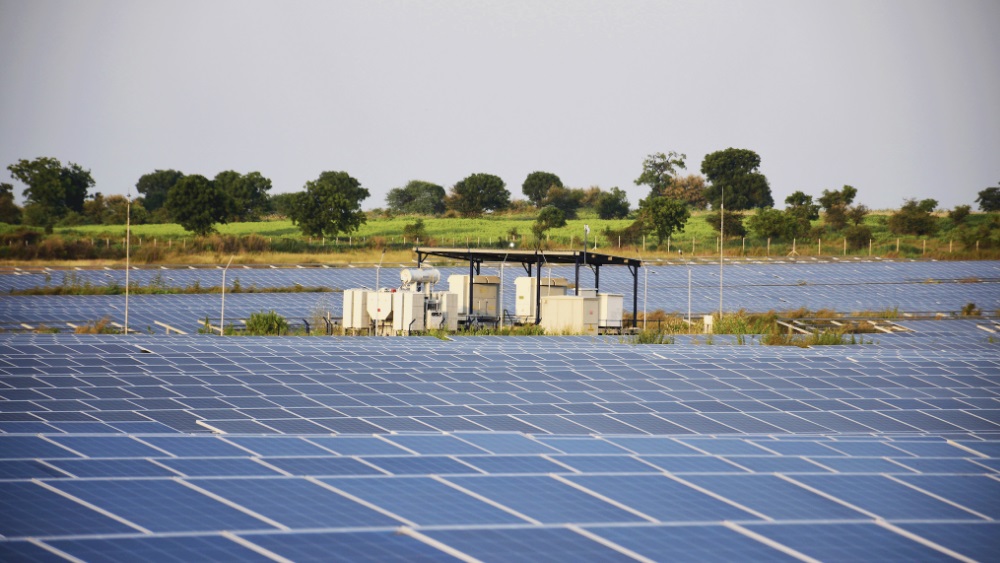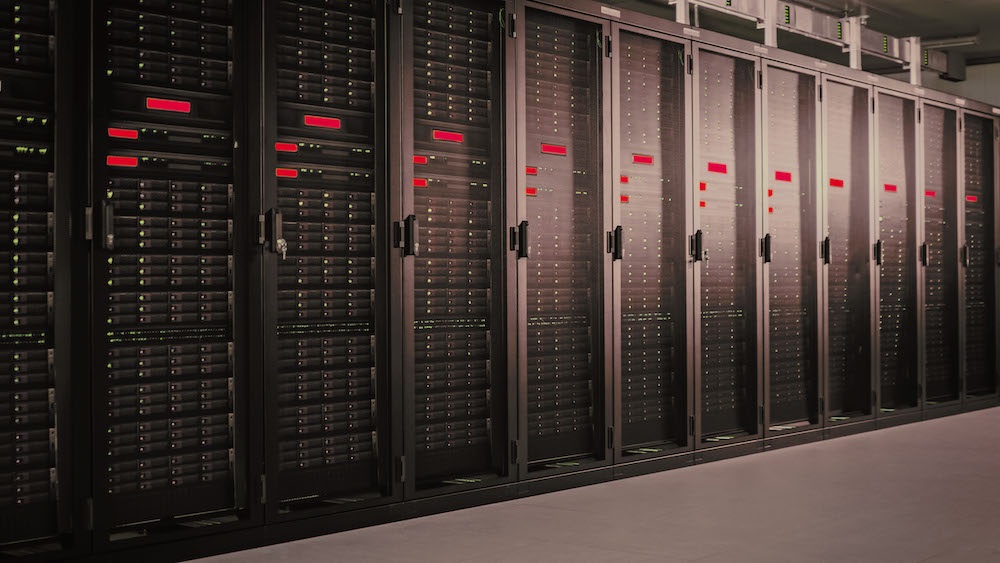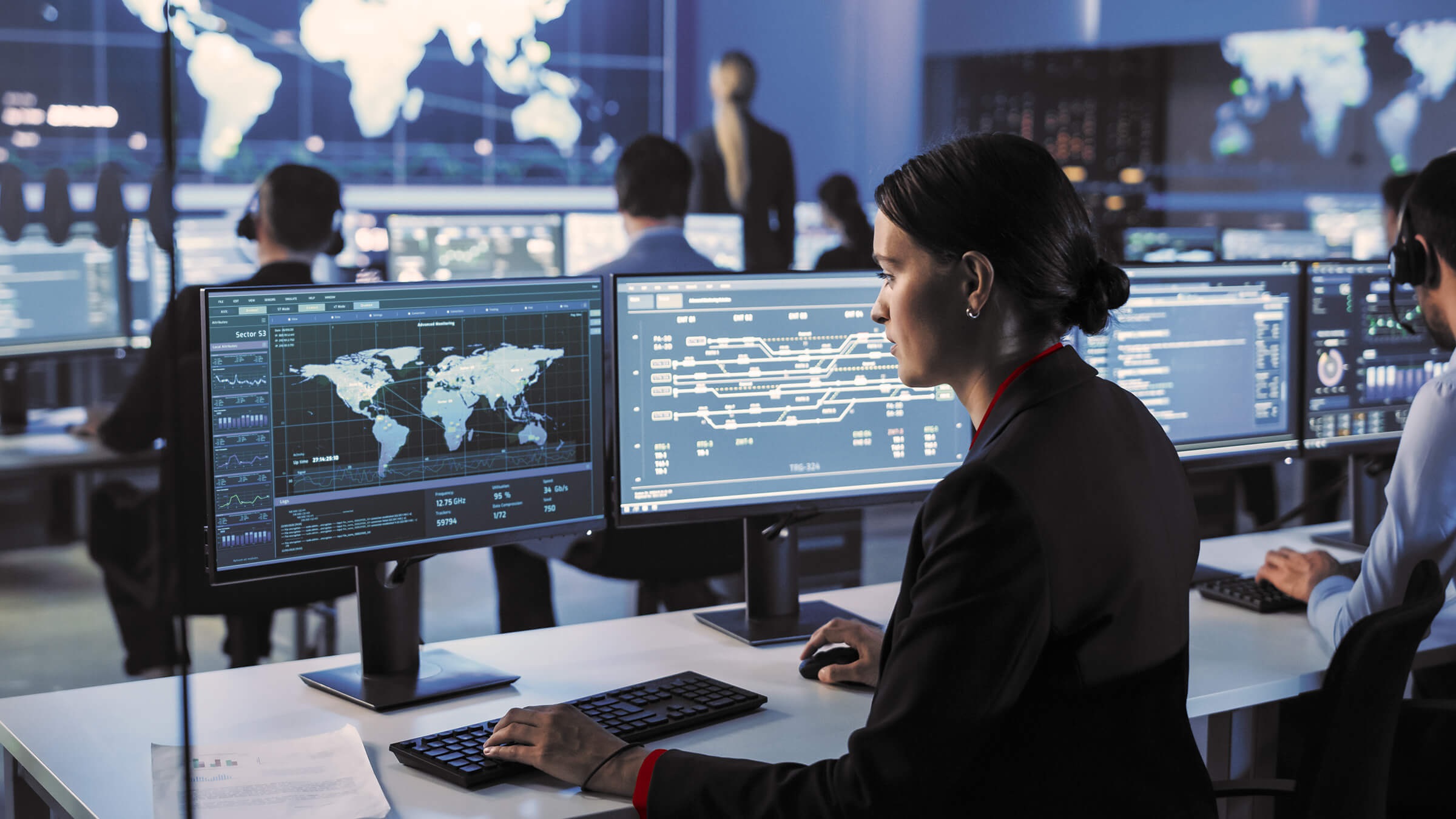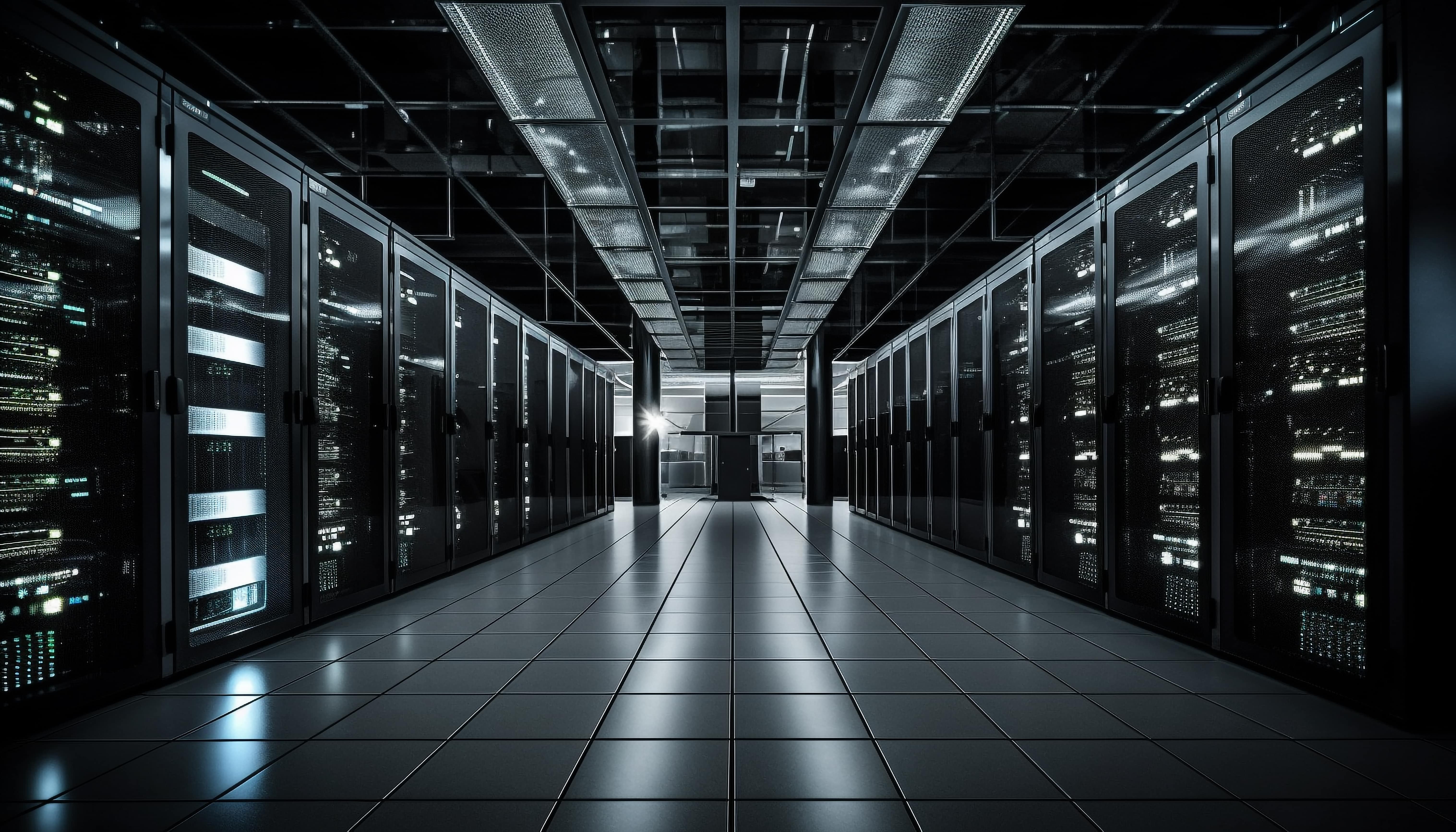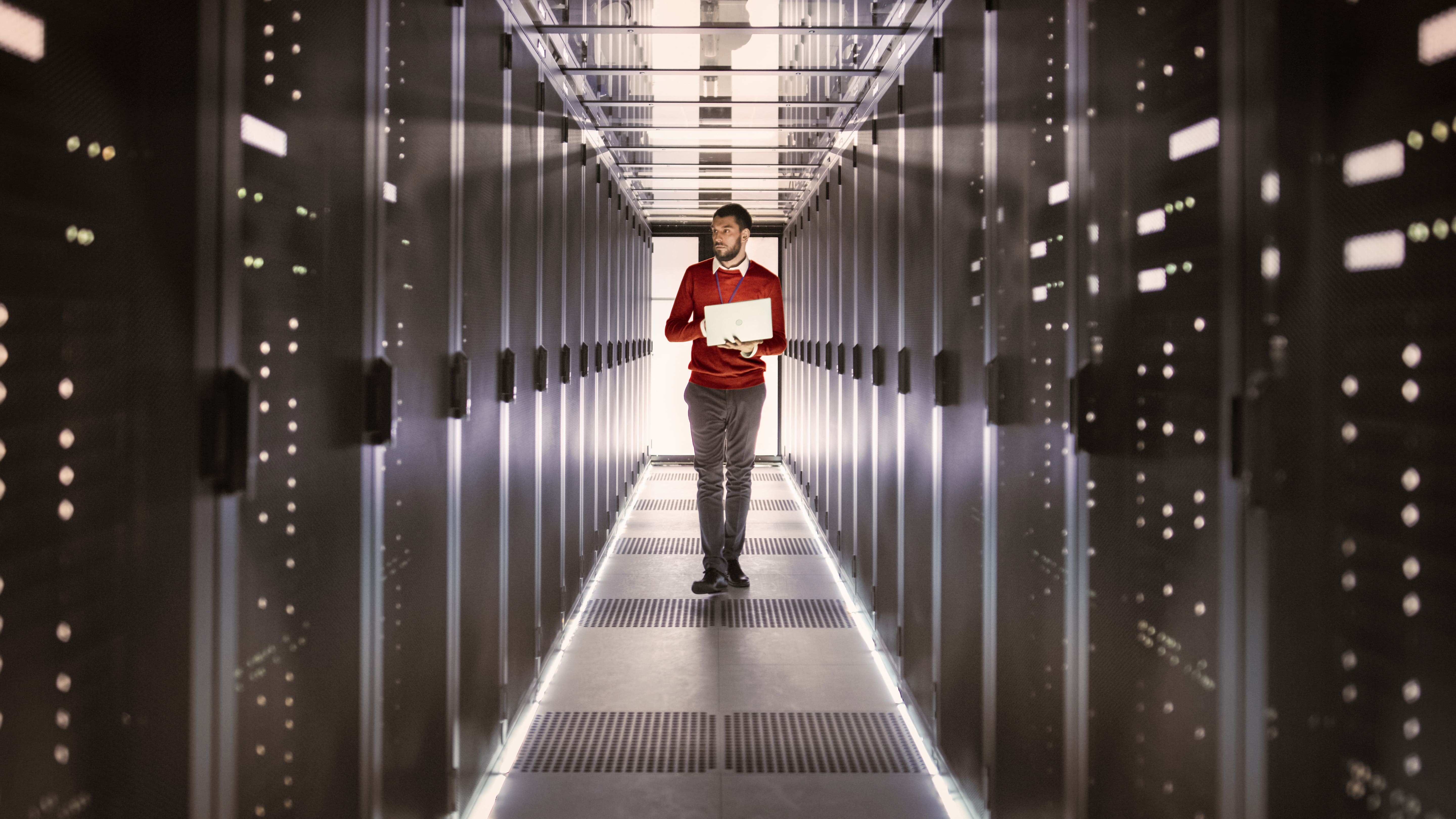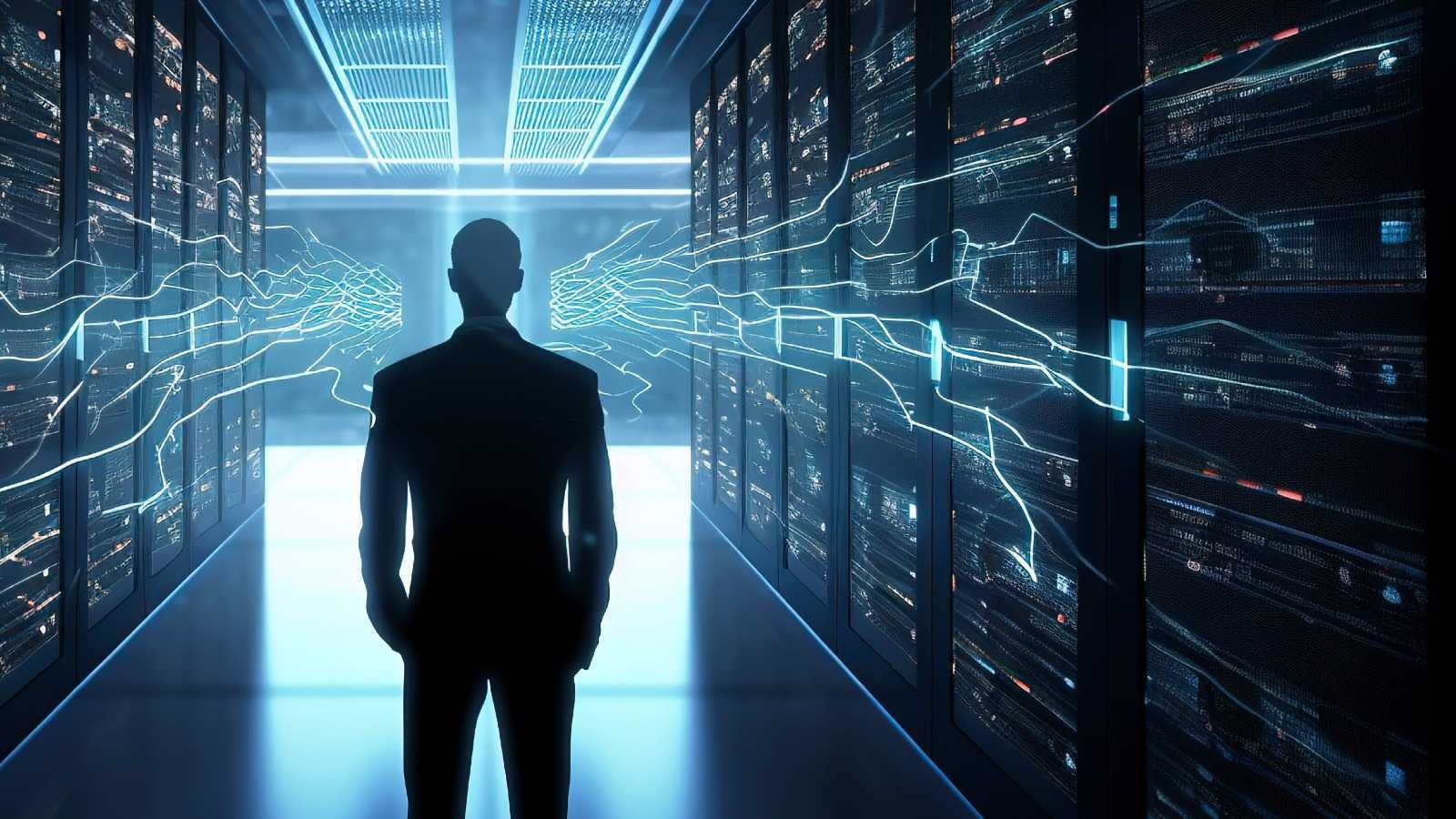Intuitive Data Centers in the making: Larger Implications of AIOps & Intelligent Automation

India is experiencing unprecedented growth in data consumption & cloud adoption with a definite & industry agnostic shift towards infusing smart technologies & Generative AI across operations & communications. Consequently, the Indian data centre market, currently worth US$1.5 billion and possibly growing at a CAGR of 11.4%, is gearing to match demand in a way that is resilient, cost & resource optimized as well as sustainable. To do this, the imperative is rapid infusion of automation & AI into the overall management of the data centre.
In my experience over the last two decades, DCs have evolved to support Digital Transformation needs across segments, with incorporation of smart & intuitive solutions significantly increasing the last 5 years. Automation has been a major game changer in terms of bringing in efficiencies & has served as a precursor to infusing ML and AI into daily data centre operations. We are once more at turning point in the DC transformation journey as we pivot to deeper integration of AI based solutions. This is especially crucial to growth considering that the future is AI data centres supporting Interconnected and Intuitive businesses beyond boundaries.
Closer home, the last few years have been about foundation building and taking a holistic approach to building automated DCs to match the burgeoning digital economy & the consequent demand for capacity, processing power, speed & integrity of digital interconnections. To this end, a few of the trends that I have been particularly enthusiastic about and which I think are crucial for us to be future ready include:
1. AIOps and its implications for Operational Efficiency:
An IDC survey suggested that 57% of global data centre operators trusted AI based solutions for operational decision making. While the maturity is yet to come, some of the areas where the infusion of AI has led to achieving efficiencies include routing and workload management. AI and ML solutions when applied to the above areas are known to reduce costs, offer high-speed, low latency connections and also optimize resource management given the current shortage of talent that we are experiencing in the DC space. Not only that, the use of next gen tech and the consequent automated monitoring has significantly reduced the risk of human error by mitigating frequent manual interventions when it comes to hardware maintenance. The use of digital twins in several cases and the power of AI based algorithms allows deep analytics which enable comprehensive understanding of DC operations leading to wider situational awareness required to manage critical events. The data can be used for forecasting capacity needs leading to better strategic decision making when it comes to being prepared for the future. It also allows for standardization of protocols across DCs where the learning can be leveraged effectively for optimized infrastructure management in general.
2. Predictive Maintenance & Pre-emptive Mitigation:
While automation and digital decision making through AI may not be the norm right now, having a platform which is a single source of all maintenance data & one which enables machine learning can lower equipment related risk and subsequent downtime consequentially, enabling cost control and customer satisfaction simply through its ability to provide us the information we need to be pre-emptive when it comes to equipment health. That being said, global DCs which are AI-powered have been utilizing machine learning algorithms and predictive analytics to analyse vast amounts of real-time data when it comes to equipment maintenance. The outcomes include reduction in outages, enhanced resiliency, timely upgrades & pre-emptive mitigation of functional breakdowns. Trends also point towards the use of AI to generate alerts which go a long way in preventing safety incidents in data centre construction and operations. AI algorithms enable the sifting through data from multiple data sources enabling “one-view” of a fairly complex set of devices, equipment & processes. AI based solutions are adept at leveraging vast datasets to can predict potential equipment failures before they happen. This predictive approach allows data centre operators to schedule maintenance tasks strategically, minimising downtime and emergency repairs. The ability to deep dive into data down to each nano perimeter allows DCs to be operate with foresight and enables a shift towards strategic maintenance planning prolonging the life of essential infrastructure. The result is increased operational longevity and a reduction in overall energy consumption. This includes the electrical environment at DCs. Having a smart platform enables remote supervision of the electrical environment, every micro- second, with real – time stream of data enabling predictive monitoring & instant mitigation also enhancing workplace safety tremendously.
3. Decarbonizing of DCs & Improving Energy Efficiency:
AI is going to serve as a crucial catalyst for greener data centres intuitively optimizing energy consumption, managing cooling systems, and resource allocation to minimise the environmental footprint of DCs. Reports suggest that with pragmatic usage of AI, companies can save up to 5% of the power spent on data centre cooling. The use of IoT sensors and ML are already making some of these outcomes a reality. Real-time control of cooling equipment with sensors and ML reduces the amount of energy spent on cooling, shrinking energy bills and carbon footprint. The software learns by continuously analysing sensor data and adjusts according to the environmental change. Coupled with the usage of customized platforms which sit over the BMS, remote monitoring of temperatures and cooling equipment increase the probability of bringing in further PUE positives within the data centre environment. In addition to this, DCs are using several AI models to optimize their servers’ power usage, cooling, and airflow by intelligently analysing and adapting energy consumption in response to historical data, real-time operational demands, and variable weather conditions.
In my experience a synergy of SCADA systems along with automated platforms sitting over the BMS has tremendous potential to bring in intelligent automation with deeper possibilities of machine learning for intuitive AI based decision making in the future. The biggest impact being optimization of resource management, operational efficiency and ROI. Having put into practice some of these initiatives I see a possibility of a decrease in power utilization by at least 3% furthering our Net Zero goals at Nxtra and significant decrease in overall operational costs.
While future implications of automation, ML and AI at the data centre are still are still in their developmental stages, one area which I see as definite practice is using AI for optimized data centre design and the blue print for implementation. AI not only allows DC operators design and build lean and smart data centres but synergized with robotics solutions will help in reducing carbon emissions from the get-go, provide predictive & automated maintenance as well as optimize interconnections for improved cx. I am optimistic that the journey from protypes to reality in the AI space will allow us to catapult to the next level in due course.
 Twitter
Twitter
 Email
Email
